One of the ever-present sights in the Galician landscape is the hórreo; a type of granary traditionally used to store cereals and others crops.
They can be seen in almost every village and in some hamlets every home has its own ‘hórreo’.
They stand on stilts which have large disks at the top to keep pesky rodents out.
In Galicia they are rectangular in shape and made of stone, with slits in the sides for ventilation.
Hórreos can reach up to 30 metres in length but most are much shorter; many of them are protected under heritage laws, particularly the older ones.
One of the curiosities of this storage unit is the paraphernalia which adorns the roof.
Not all of them have objects up top, but many have the easily recognised cross at one end and either a cone or what appears to be a type of phallus at the other end.
One symbol is of course associated with Christianity, while the other is believed to come from pagan beliefs related to the fertility of the land.
Some sources state that the cross was introduced by the Church to ‘christianise’ a pagan ritual designed to protect the crops.
However, the two symbols could also be seen as a reflection of rural Galician character; deeply supersticious and religious at the same time.
By having a cross and a pagan fertility symbol they have a foot in both camps.
They are asking for divine help from different sources; if the God of the Bible can’t help out, then maybe the gods of their ancient ancestors can.
Very sensible in my opinion.

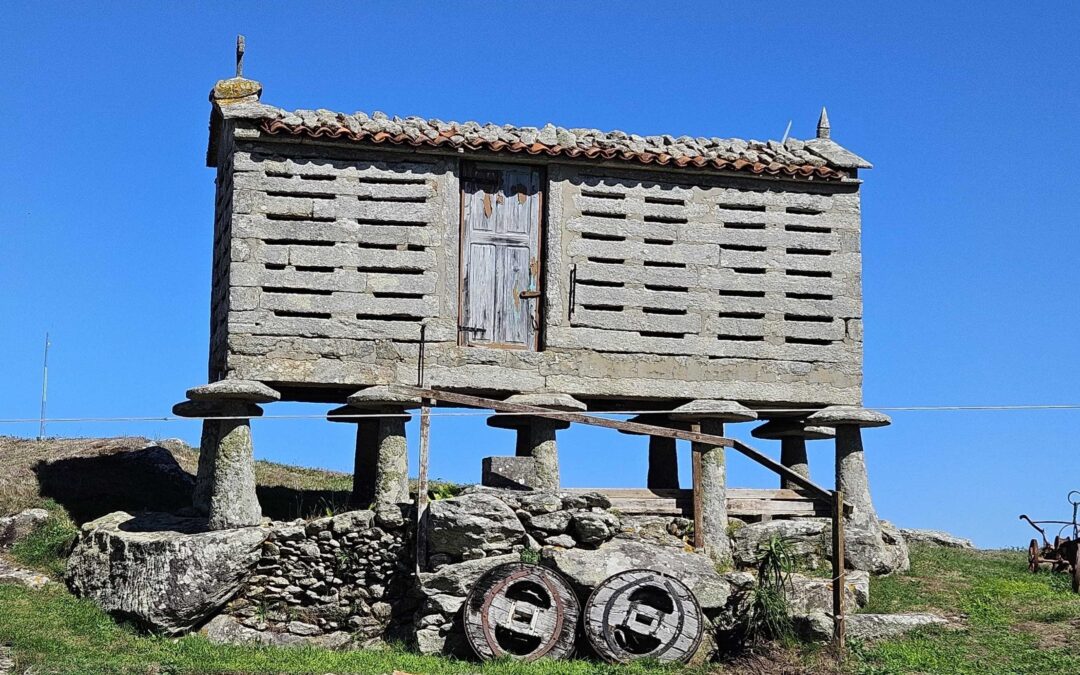
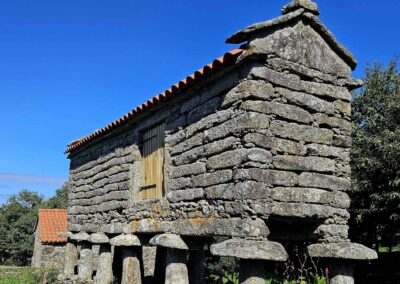
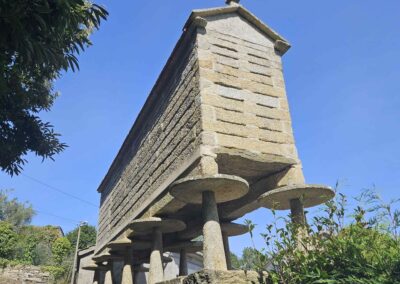
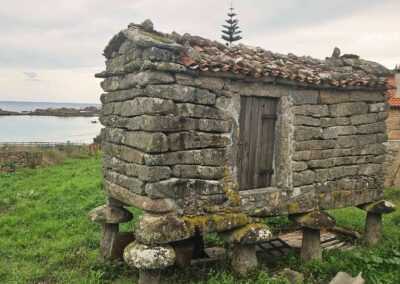
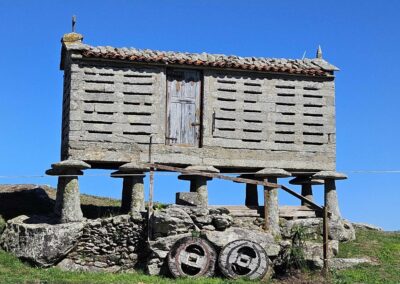
Recent Comments